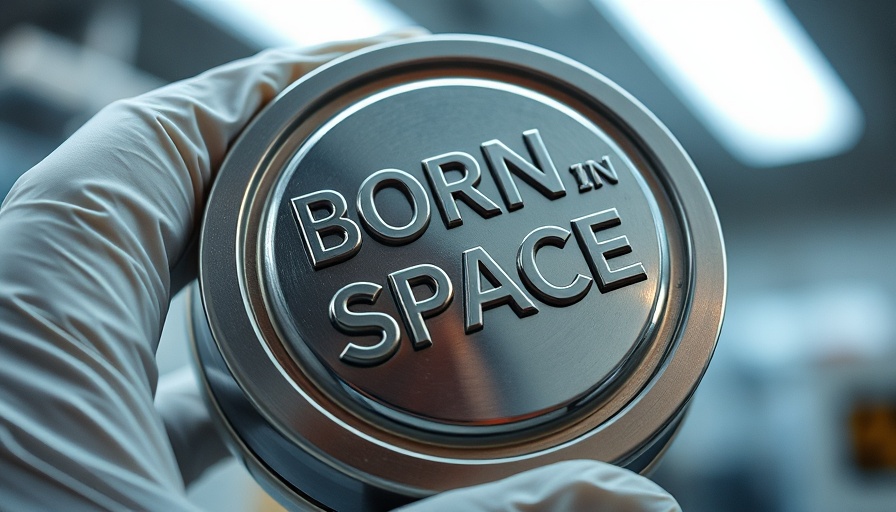
Revolutionizing Space Manufacturing: The First Metal 3D-Printed Object
A groundbreaking milestone has been reached in space technology with the successful retrieval of the first metal object ever 3D-printed in orbit. This pioneering event, orchestrated by the European Space Agency (ESA), brings us one step closer to sustainable manufacturing in space, a field that holds vast potential for future space missions.
The Significance of 3D Printing in Space
3D printing has already transformed manufacturing on Earth, but its application in space poses unique challenges. In the microgravity environment of the International Space Station (ISS), the behavior of molten materials can be unpredictable—melting metals and other processes that normally account for gravity require different techniques when it’s absent. ESA scientists encountered this challenge directly while working on developing a printer capable of creating sturdy metal parts without the support of Earth’s gravitational pull.
Overcoming Technical Challenges
The ESA's innovative approach involves using a powerful laser to melt stainless steel wire, which then solidifies into precise shapes layer by layer. Previous tests conducted aboard the ISS focused on plastic materials, but achieving successful 3D printing of metals represents a paradigm shift in how we can prepare for deeper space exploration.
Future Implications for Space Exploration
With long-duration missions to the Moon and Mars on the horizon, astronauts will need the ability to repair equipment or fabricate tools on demand. This technology doesn’t just promise to alleviate logistical challenges associated with sending spare parts from Earth—it might one day enable astronauts to 3D-print vital components straight from raw materials found in space.
The Bigger Picture: Enhancing Autonomy in Space Missions
The development of in-orbit manufacturing capabilities fosters independence for crews during missions, which can extend for months or years. If an astronaut can create a tool or resolve a faulty piece of equipment without waiting for a resupply mission, it decreases reliance on Earth, opens up opportunities for extended exploration, and significantly enhances mission viability.
Conclusion: The Future Awaits
The successful recovery of this 3D-printed metal object is a testament to human ingenuity and the potential of technology in reshaping our approach to space exploration. As we look towards the stars, advancements like these are crucial in supporting long-term human presence in space. The adventure has just begun, and with it, numerous possibilities lie ahead.
 Add Row
Add Row  Add
Add 
 Add Element
Add Element 

Write A Comment